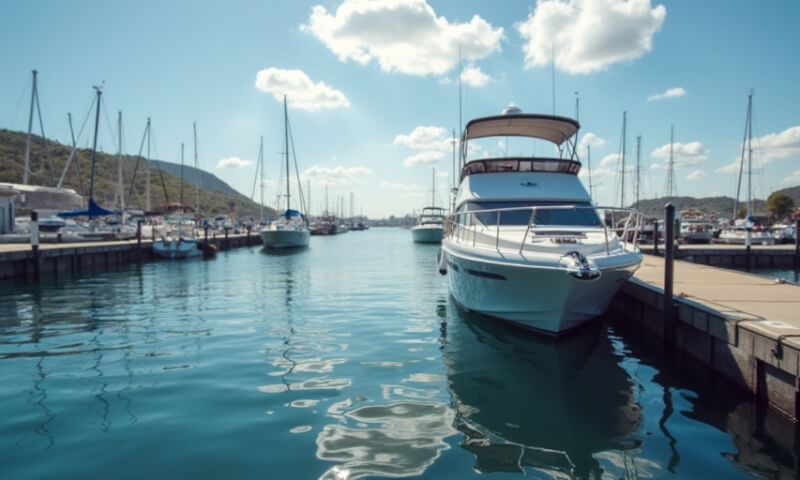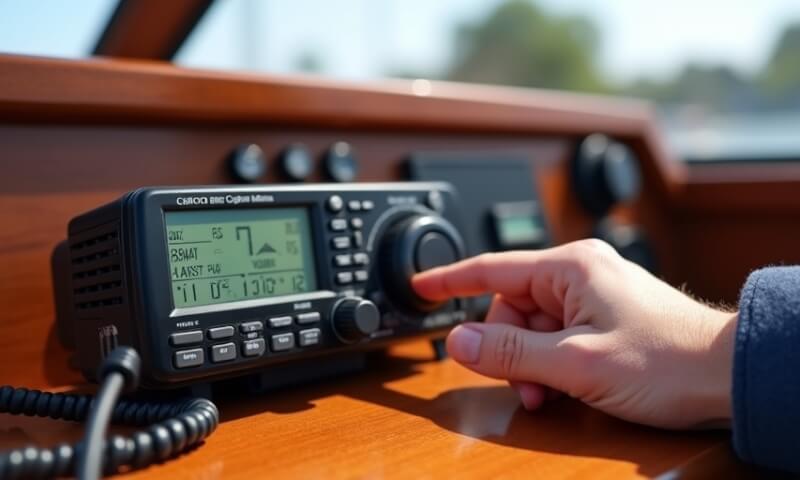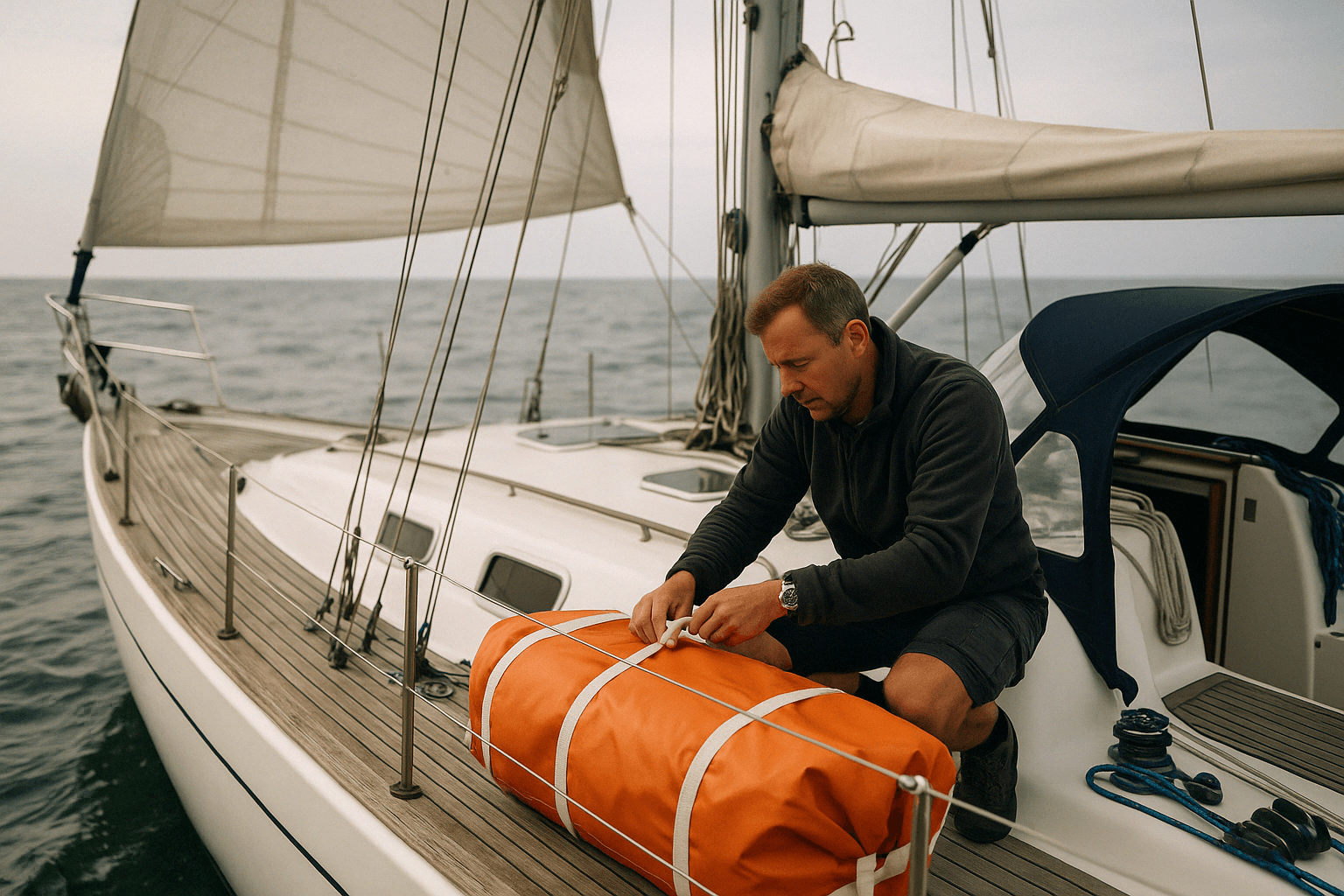Dock lines are one of those boating accessories you don’t think much about—until you really need them. Whether you’re tying up at a marina or rafting with other boats, having the right dock lines can make all the difference in keeping your vessel safe and secure. In this guide, we’ll walk you through how to choose dock lines that match your boat’s needs and your sailing lifestyle.
Why Dock Lines Matter More Than You Think
At first glance, all dock lines might look the same—just ropes, right? But there’s much more to it. The right dock line protects your boat from unexpected wind gusts, changing tides, and friction damage. A poor-quality or wrongly sized line could cause excessive movement, hull damage, or even a complete breakaway. Your boat deserves better.
----- 👀 A quick peek below deck…
While you’re reading about boat maintenance and common issues on board, why not take a moment to sneak a peek inside the Easysea community? It’s a free space built for sailors like you—where we talk about real problems, swap smart solutions, and share stories from life at sea. Inside, you’ll find:
⚓ Problems & Solutions – get answers from people who’ve been there.
🧰 Logbook and boat maintenance – see what others are doing to keep their boats in shape.
🌊 Easy Chat – hang out, ask questions, and stay in the loop. 👉 Curious? Hop on board and join us.
It’s free.
Types of Dock Lines: Materials and Constructions
Nylon vs. Polyester: Which One Is Better?
Nylon is by far the most popular material for dock lines, and for good reason. It's elastic, durable, and absorbs shock—great when your boat gets tugged by waves or wakes. Polyester, on the other hand, offers less stretch but more resistance to UV and abrasion. If you're in calm waters, polyester might suffice, but for most sailors, nylon is the safer bet.
Three-Strand, Double-Braid, or Mega-Braid?
Three-strand lines are economical and easy to splice, while double-braid lines provide more strength and less stretch. Mega-braid, used primarily on larger yachts, offers incredible strength and flexibility but at a higher price point. Your choice should depend on boat size, mooring environment, and budget.
Choosing the Right Length and Diameter
How Long Should Your Dock Line Be?
A general rule of thumb: bow and stern lines should be about two-thirds the length of your boat, and spring lines equal to the boat’s full length. So if you have a 30-foot boat, aim for two 20-foot lines and two 30-foot spring lines. Always carry a bit extra—better to coil than come up short.
Line Diameter by Boat Size
Dock line thickness affects strength and handling. Here's a quick reference:
Boats under 27 ft: 3/8 inch (10 mm)
Boats 28–35 ft: 1/2 inch (12 mm)
Boats 36–45 ft: 5/8 inch (16 mm)
Boats over 45 ft: 3/4 inch (19 mm)
Bigger isn't always better—thicker lines are harder to handle and take longer to dry.
Essential Features to Look For
UV Resistance and Abrasion Protection
Your dock lines live under the sun and rub against cleats and pilings daily. Make sure they’re UV-resistant and built with abrasion-resistant coatings or covers. These features extend the life of your lines and reduce the risk of sudden breakage.
Pre-Spliced Loops: Are They Worth It?
Pre-spliced dock lines save you time and ensure a strong, consistent eye splice. They also look cleaner and are less prone to failure than DIY splices. If you're not an expert with a fid and needle, go for pre-spliced.
How Many Dock Lines Do You Really Need?
At a minimum, four lines: two bow/stern and two spring lines. Add two extra in case of emergencies or raft-ups. Having six high-quality dock lines means you’re always ready for changing situations or longer stays.
Pro Tips for Dock Line Maintenance
Rinse your lines regularly with fresh water to remove salt and grime. Avoid storing them in direct sunlight when not in use, and check periodically for fraying or hard spots. If they look tired, they probably are—replace them before they fail.
(Sailboat maintenance: checklist for every season)
Final Thoughts: Safety, Convenience, and Longevity
Dock lines may not be the flashiest gear on your boat, but they’re among the most important. The right set protects your investment, makes docking smoother, and adds peace of mind when you’re away from the helm. Choose smart, and your future self—and your boat—will thank you.




Leave a comment
This site is protected by hCaptcha and the hCaptcha Privacy Policy and Terms of Service apply.